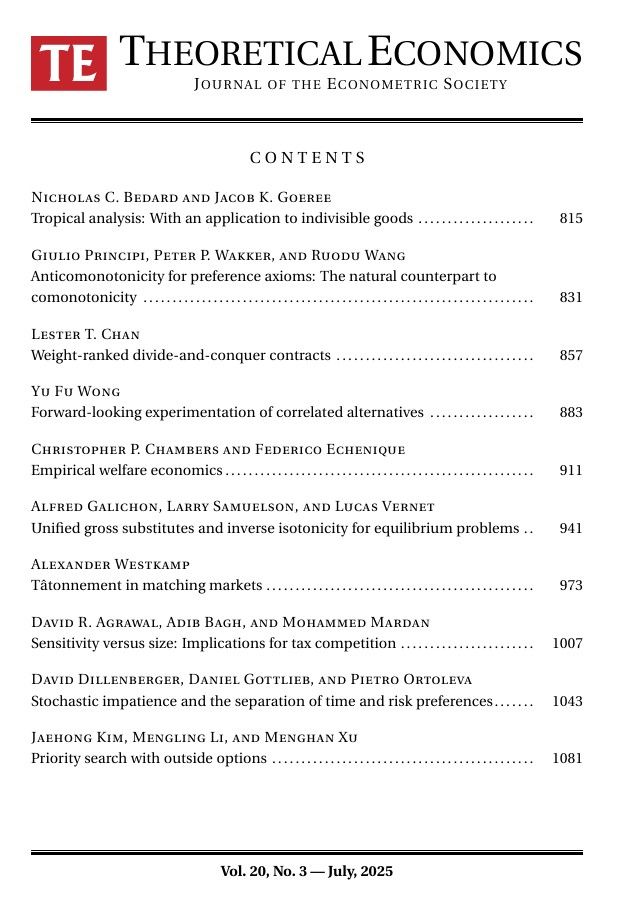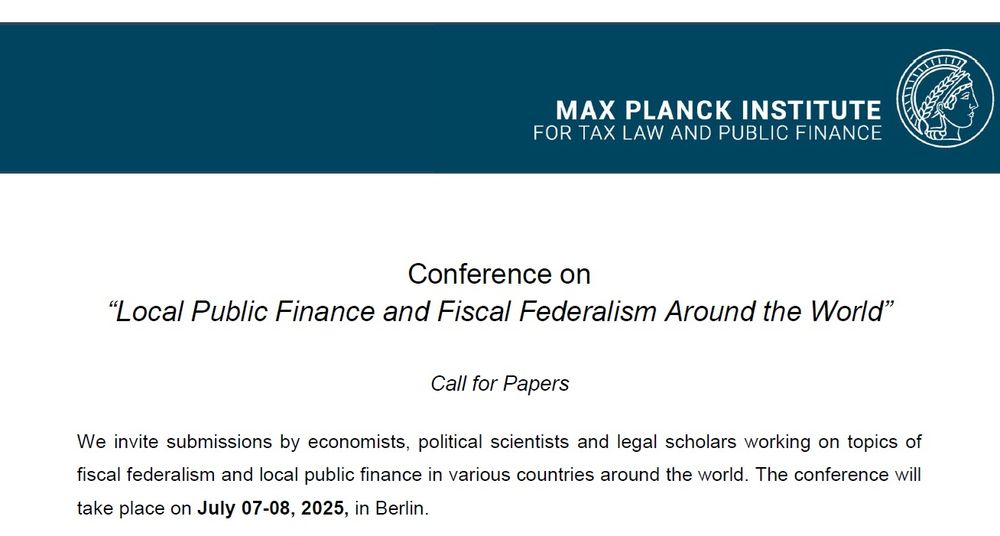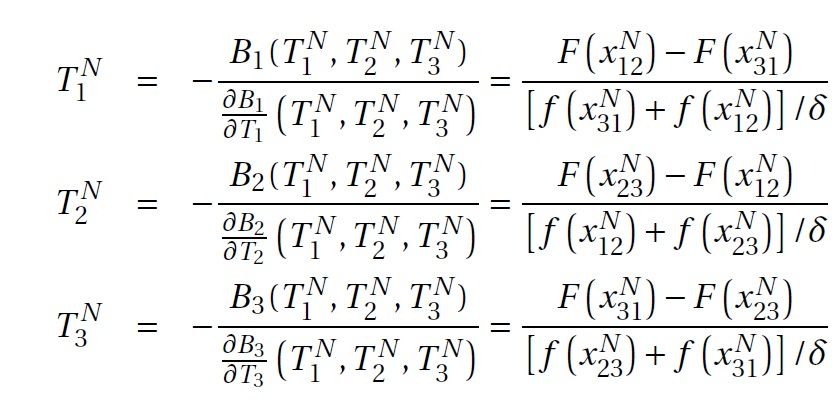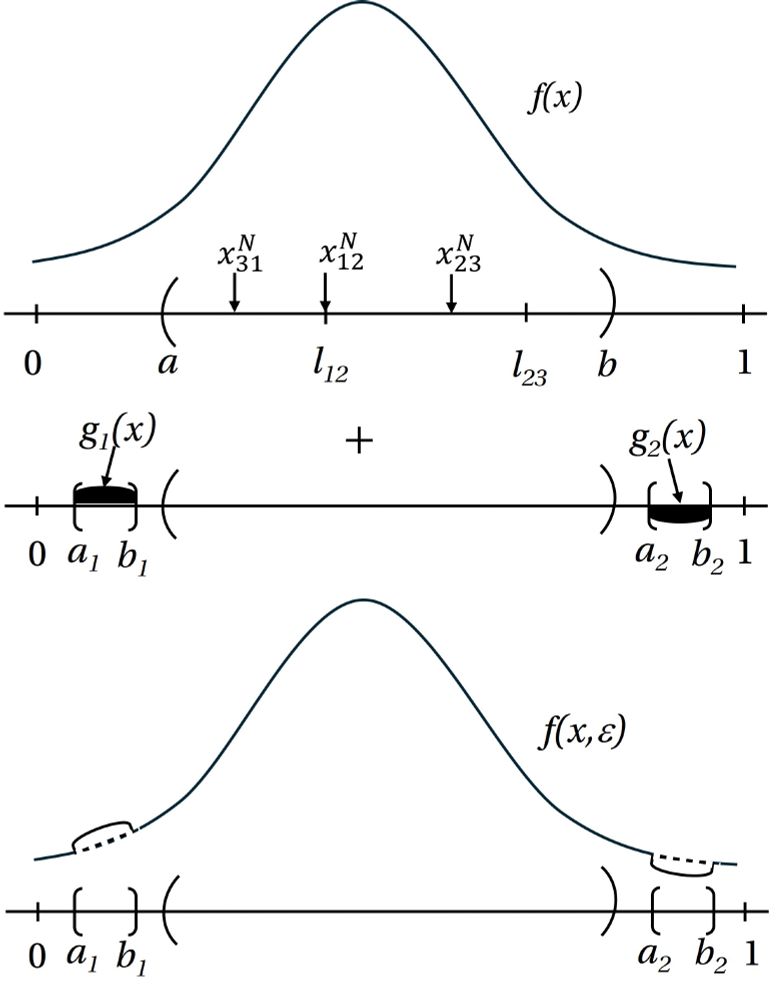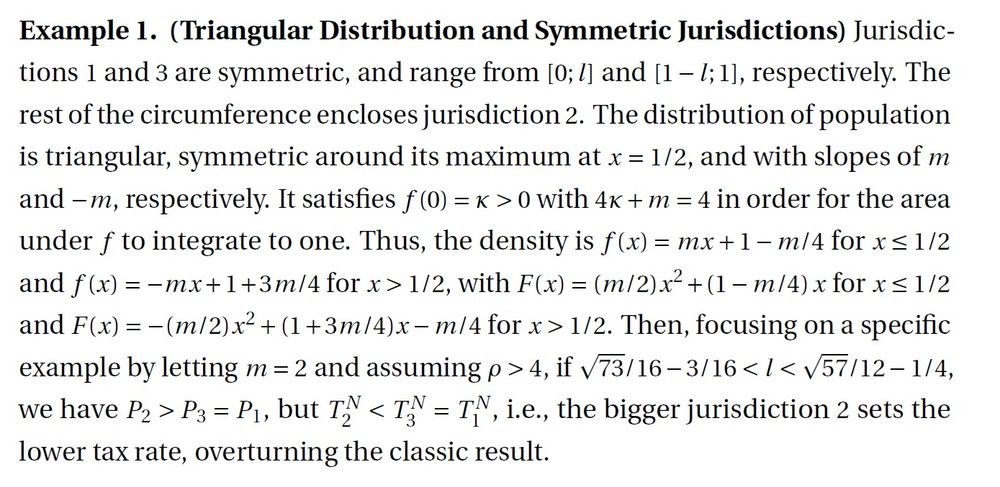David R. Agrawal
@davidragrawal.bsky.social
880 followers
500 following
86 posts
Professor UC Irvine Economics; Editor-in-Chief ITAX; Research on tax, fiscal competition, local policy, RST/VAT, inequality & mobility
https://sites.socsci.uci.edu/~dagrawa4/
Posts
Media
Videos
Starter Packs
Reposted by David R. Agrawal
Reposted by David R. Agrawal
Matt Pierson
@matthewcpierson.bsky.social
· Jan 29
